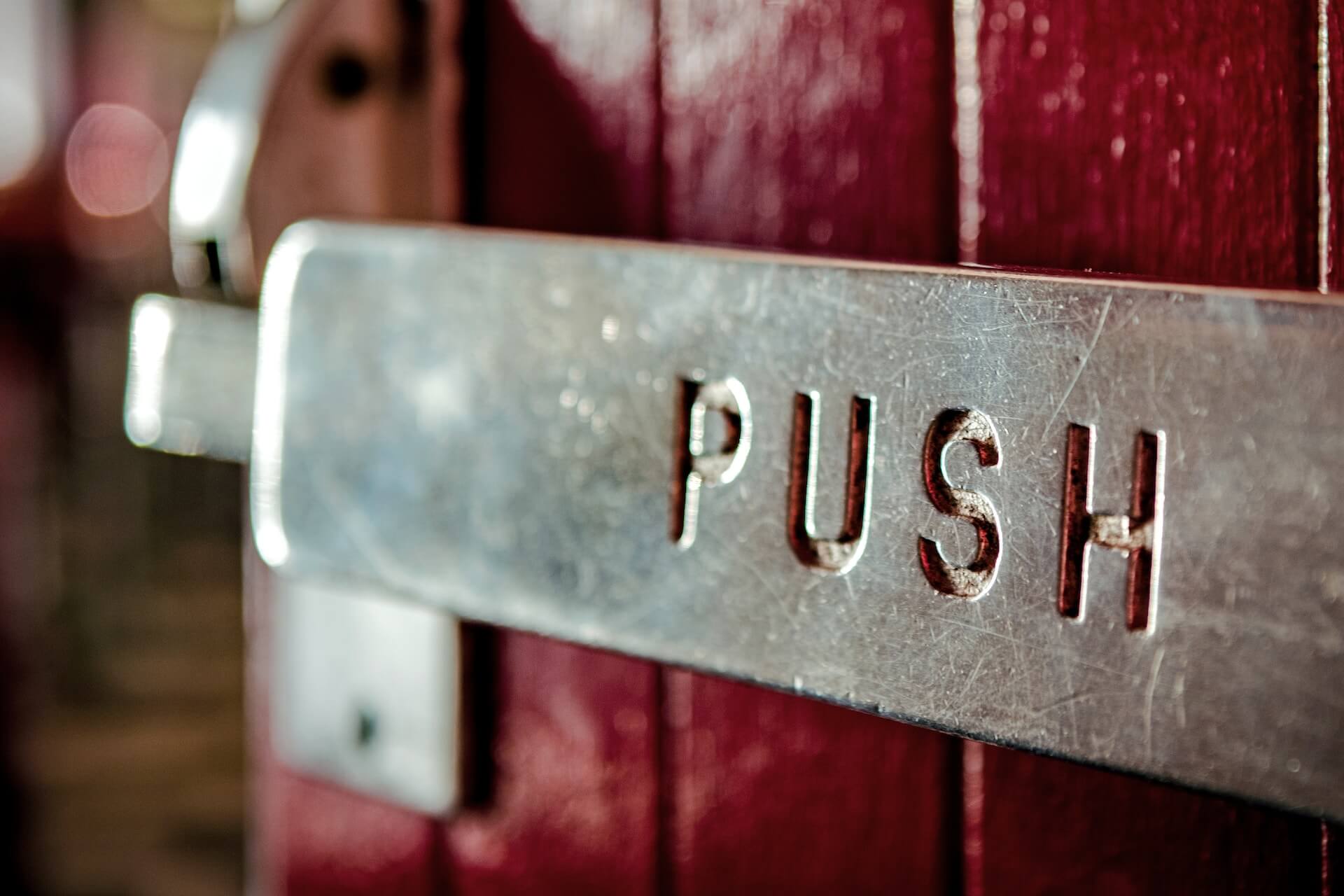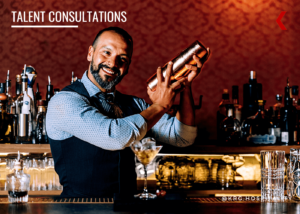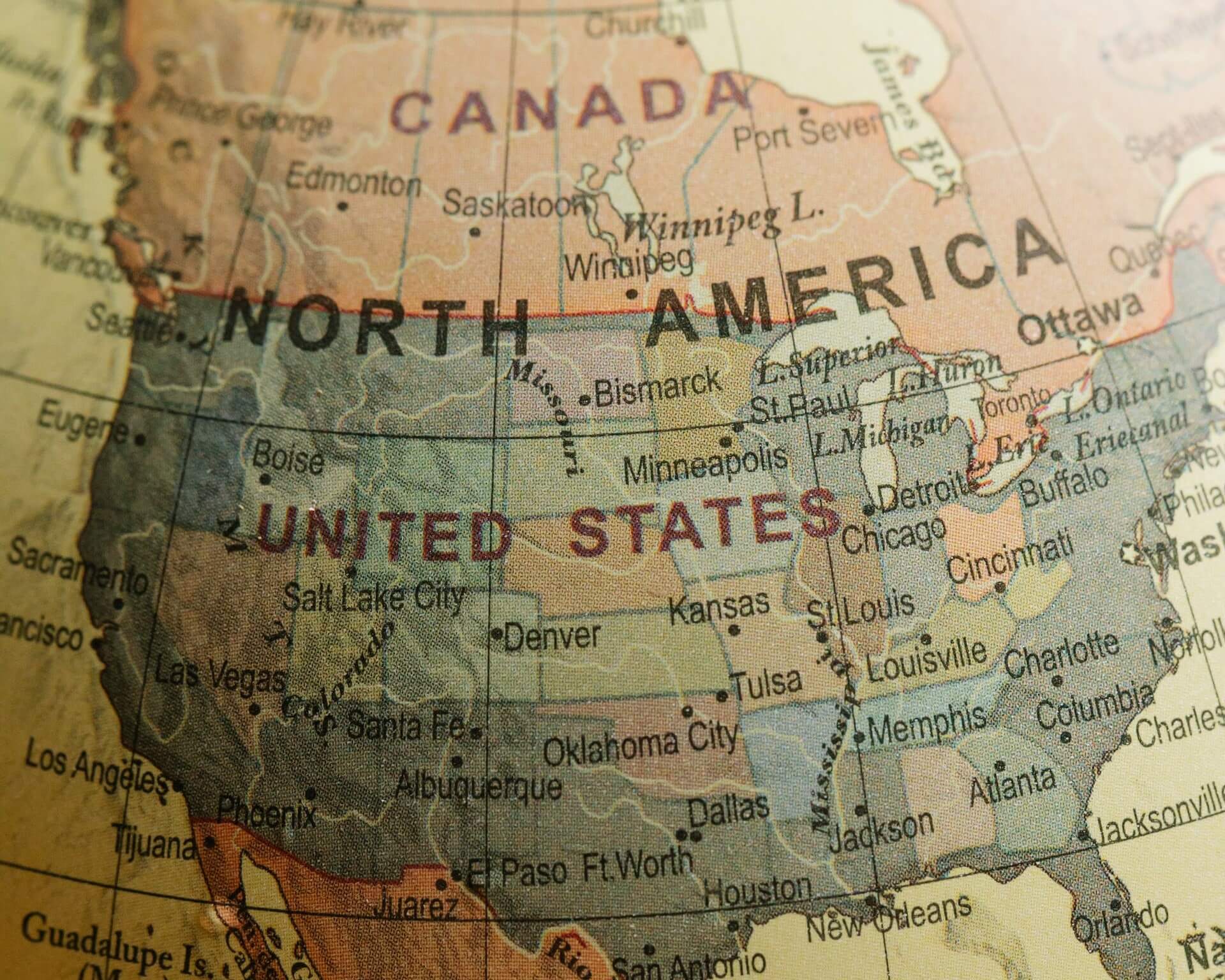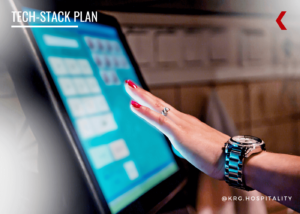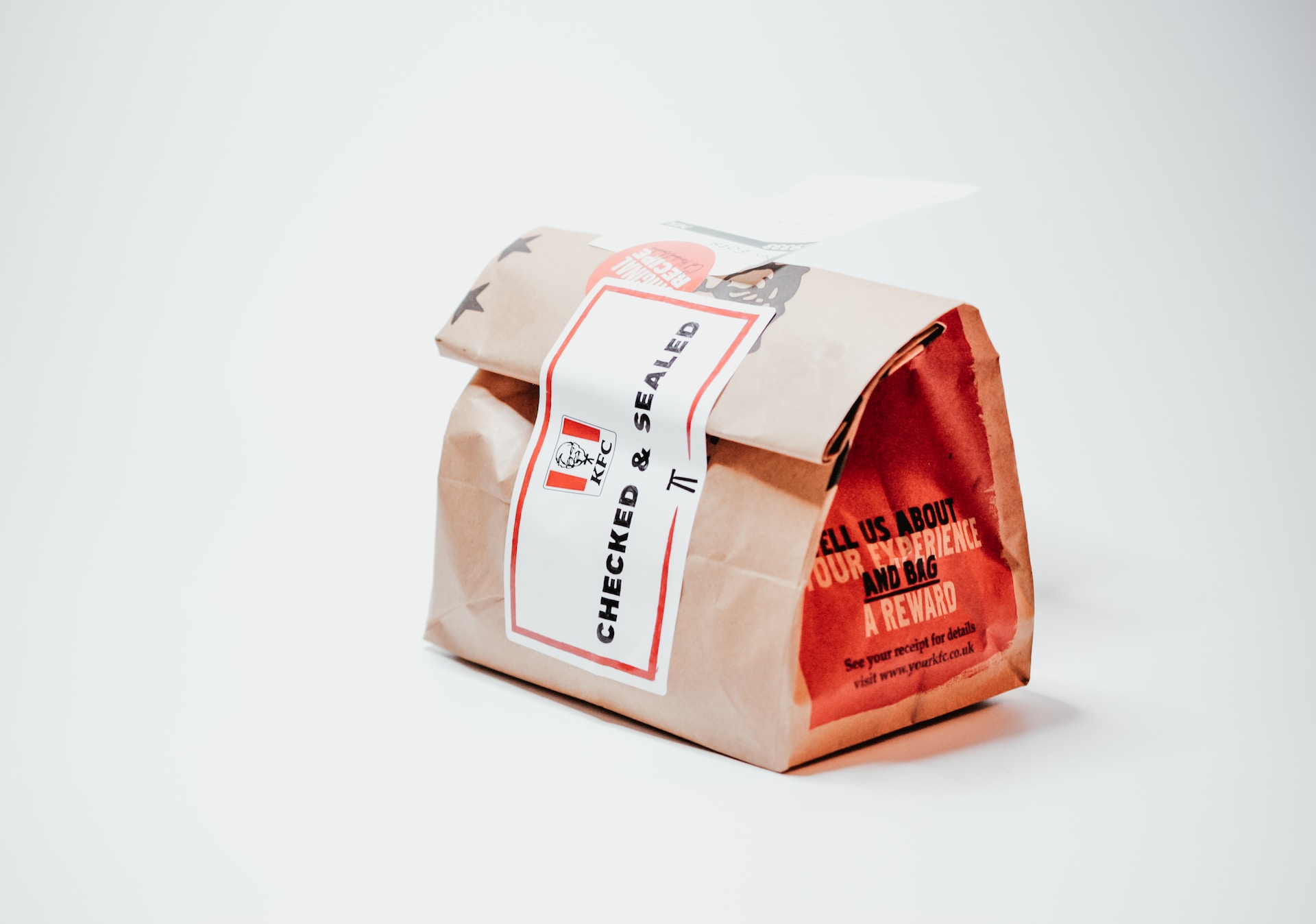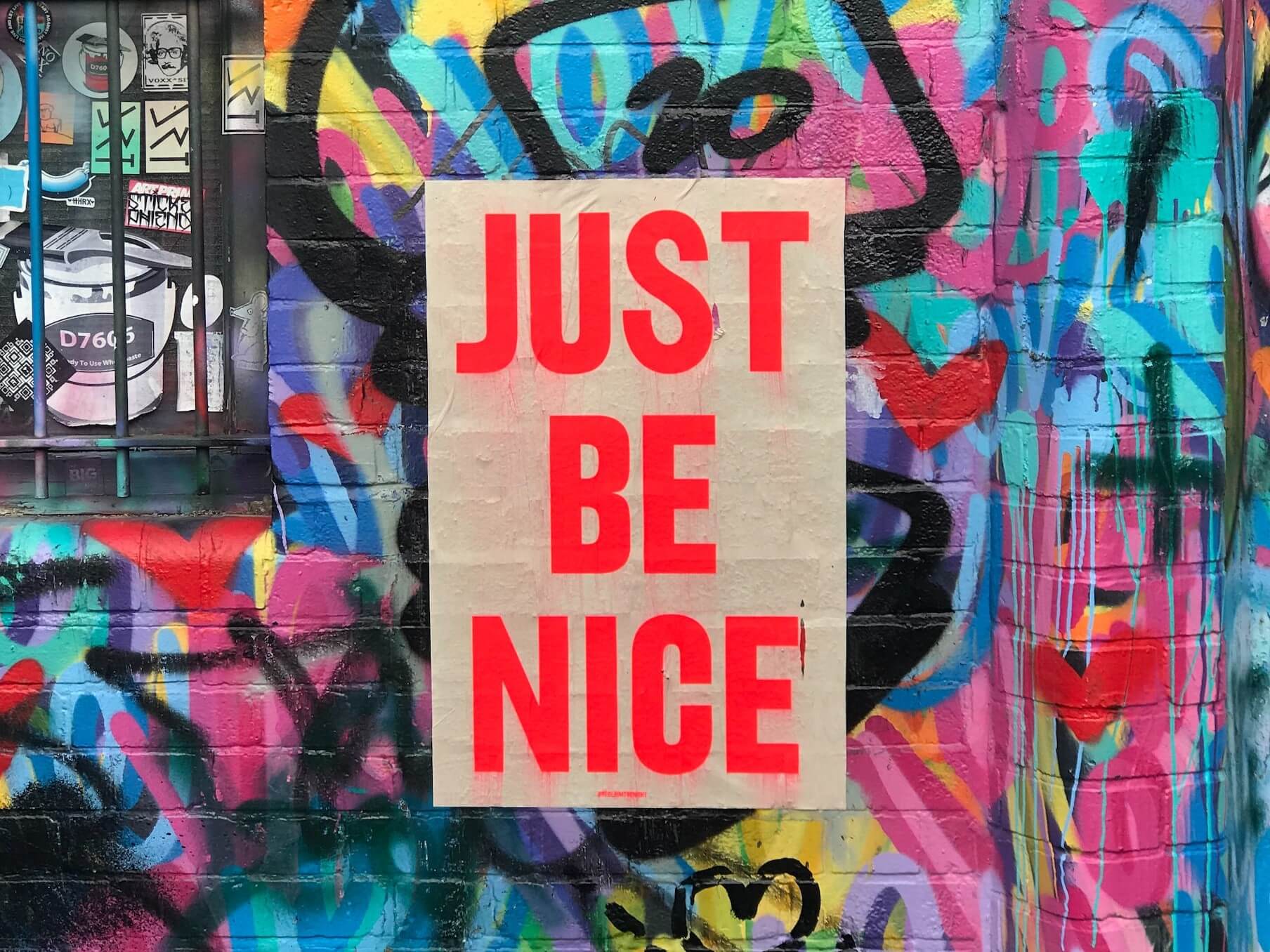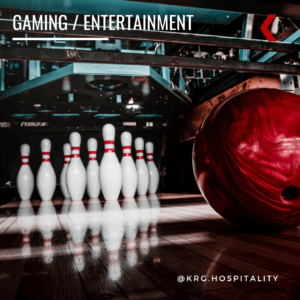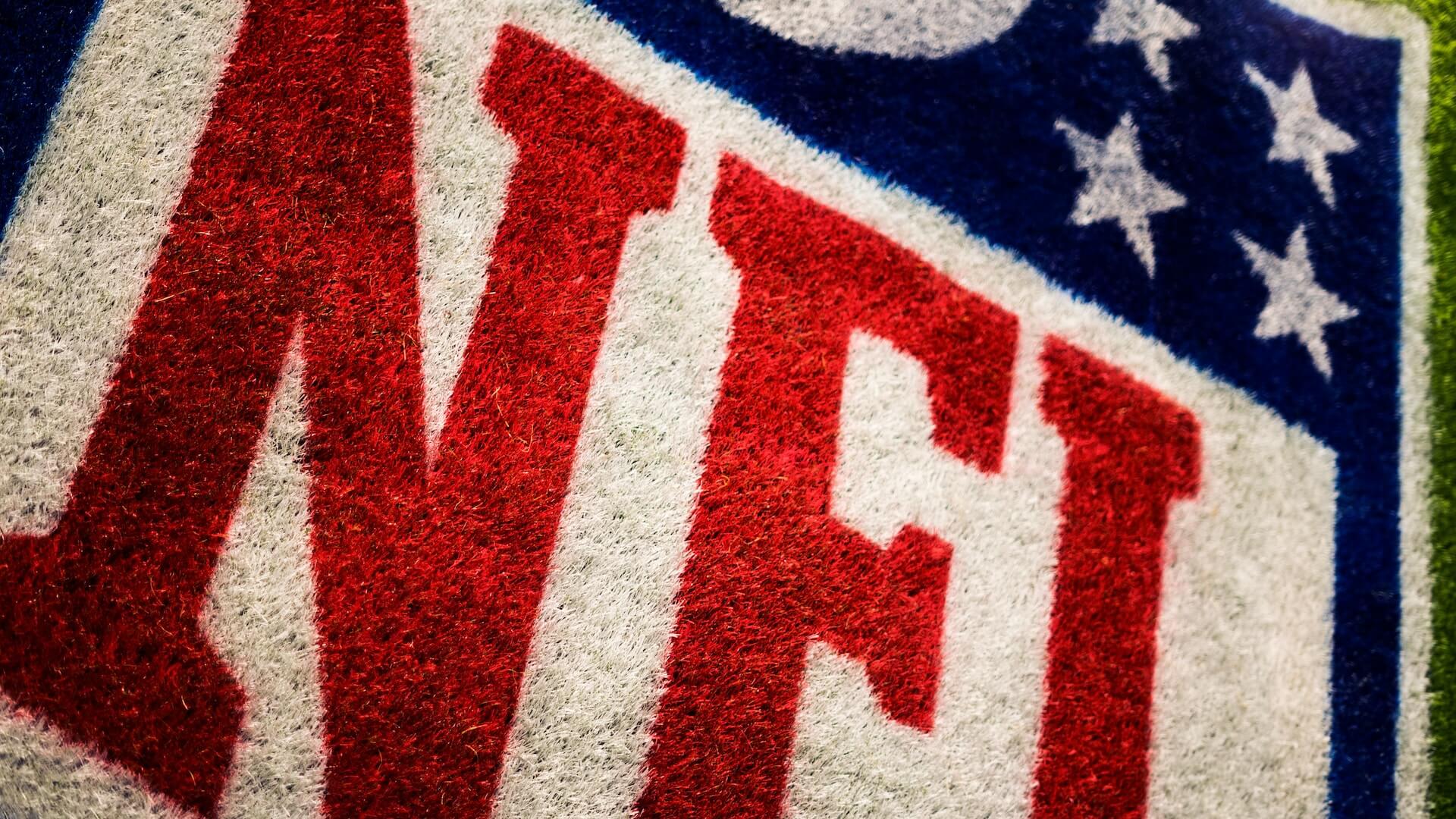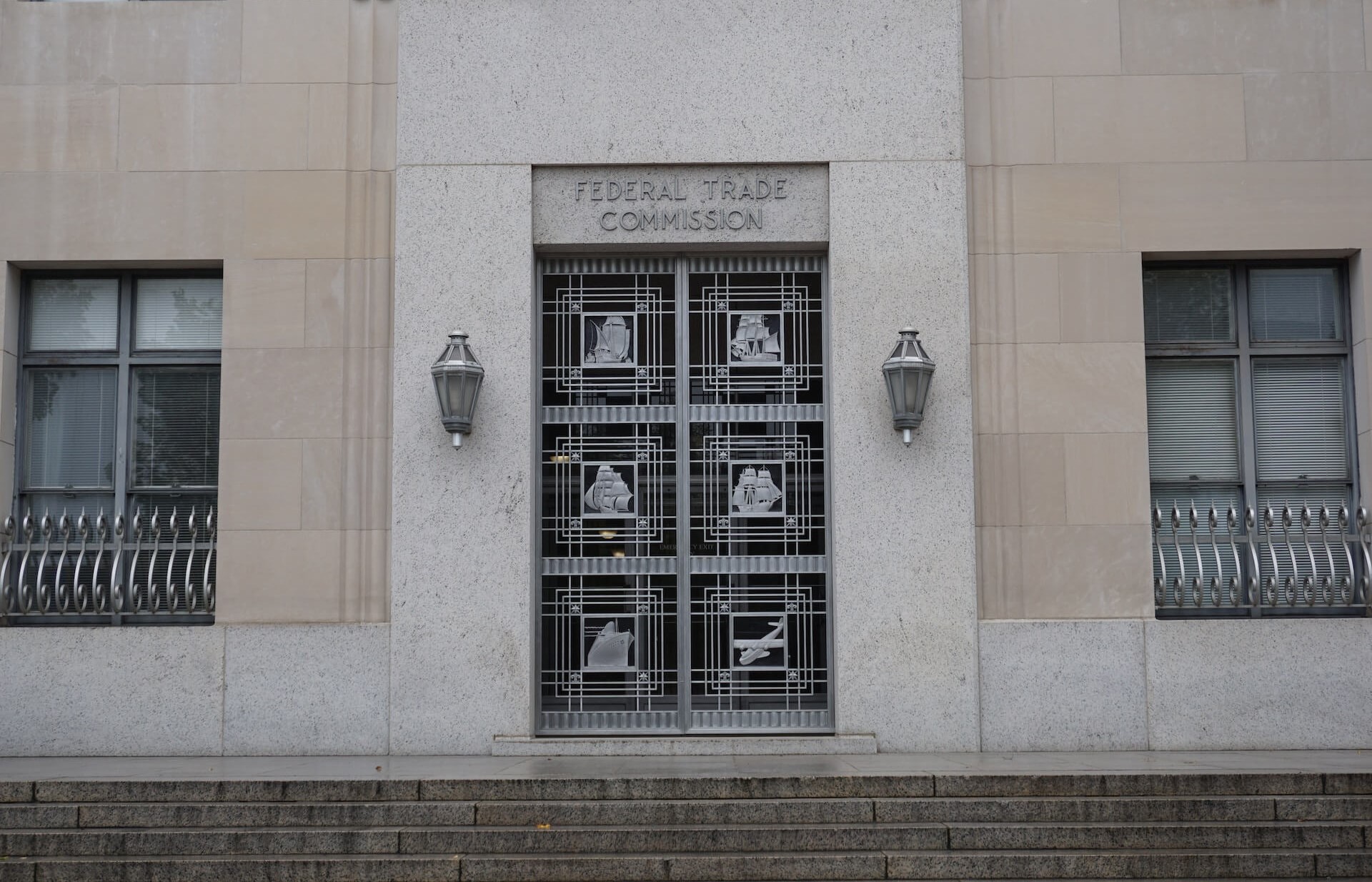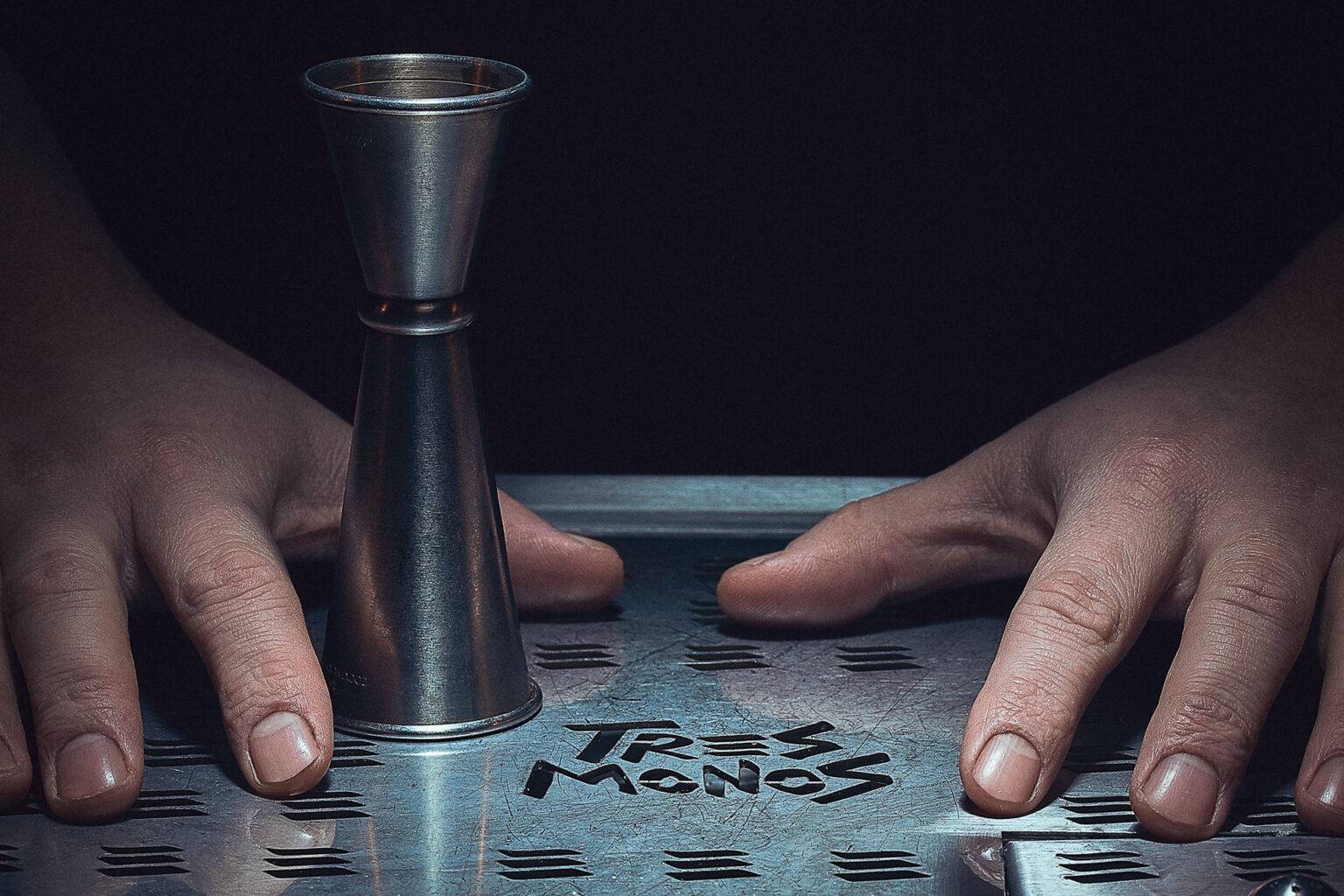New Global Bar Recognition System, the Pinnacle Guide, Launches
by David Klemt
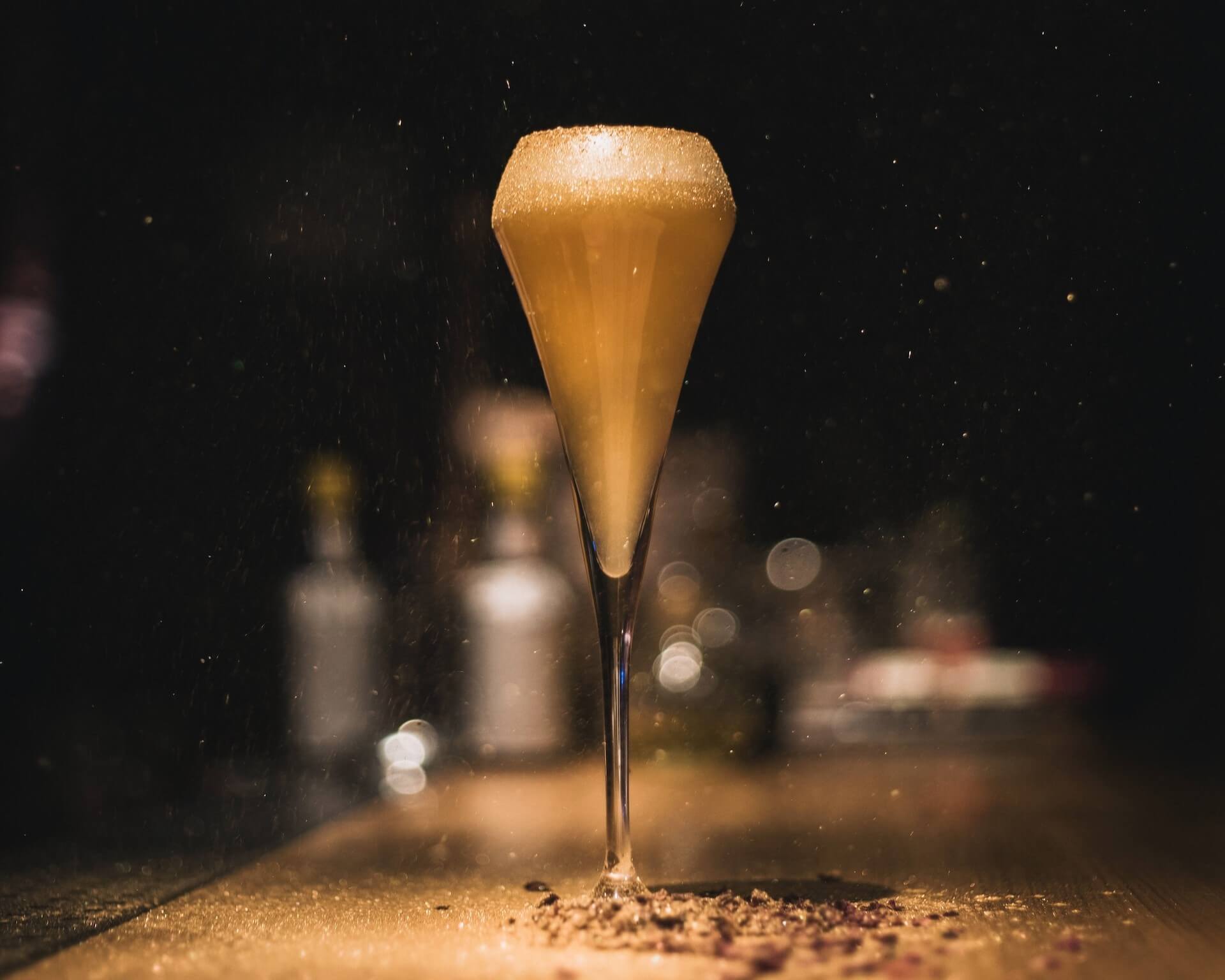
Today’s the day that the passionate minds behind London Cocktail Week launch “the Michelin Guide” for bars, open to venues across the globe.
Open to submissions as of today, the Pinnacle Guide is open to any bar in the world. Compellingly and refreshingly, the Guide’s system intends to maximize transparency and minimize subjectivity.
Further, the process begins with the self-nomination of a venue. Truly, this is open to any bar, anywhere.
Two of the team’s founders are recent Bar Hacks podcast guests. On episode 105, Hannah Sharman-Cox and Siobhan Payne explain the Pinnacle Guide ahead of its launch today. You can listen to their episode below.
Dan Dove, owner and operator of Global Bartending, completes the Pinnacle Guide’s founder trio. Speaking of trios, Global Bartending’s areas of expertise are strategy, talent, and events.
I’m likely not the only person who has wondered why the Michelin Guide has yet to recognize bars. Now, I’m grateful they haven’t done so.
That’s not a dig at the Michelin Guide. However, the organization’s expertise is restaurants, not bars. It’s far more appropriate—and more credible—that passionate people dedicated to and enamored with bars are launching this recognition system and platform.
The Process
So, what are you in for when you nominate your bar? The process is quite straightforward.
Simply speaking, the
- Front of house
- Drinks program(me)
- Look and feel
- Staff
- Operations
- Community
Once someone who self-nominates their bar completes and submits their application, the anonymous review part of the process begins.
As this step’s phrasing suggests, anonymous reviewers will visit the venue. These reviewers could be industry professionals. They may be passionate, educated consumers whose opinions are valued and trusted.
Either way, they’ll have been vetted, tested, and completed the Pinnacle Guide Reviewer Training Programme.
For even more information, click this link. You’ll find a series of the Pinnacle Guide Round Table Discussions recordings that dive deep into the system as well.
Interestingly, the founders of the Pinnacle Guide believe undergoing the self-nomination process may also help operators enhance or refine their operation:
“Beyond being a measure of excellence, this transparent and detailed approach is also designed to give venues pause for thought on where they may have room for improvement, with the ambition of elevating the industry by encouraging higher standards across the globe.”
Moreover, the Pinnacle Guide doesn’t pit operator against operator, team against team. Should a bar be recognized by the Guide, they’ll be awarded at least one PIN. A single PIN identifies a bar as Excellent. Two carries the Outstanding designation, and three means a venue is Exceptional.
Receiving a PIN doesn’t mean a bar has beaten out another venue to be recognized; that operation stands on its own as one of the best in the world.
View this post on Instagram
Are You Ready?
Thousands of owners and operators—and the teams that bring their visions to life every day—deserve acknowledgement for meeting the demands this industry makes of them.
From empowering their teams and serving as the backbone of their communities to delivering world-class service and pairing unforgettable experiences with incredible, welcoming atmospheres, hospitality is chock-full of people whose daily contributions should be recognized.
So, to any operator anywhere in the world, if you believe your team has earned at least one Pinnacle Guide PIN, this is your day. However, carve out some time to truly sit with the application and consider your team and venue.
The Pinnacle Guide is a long time coming. Let’s give it the respect it deserves.
Image: Jakub Dziubak on Unsplash

